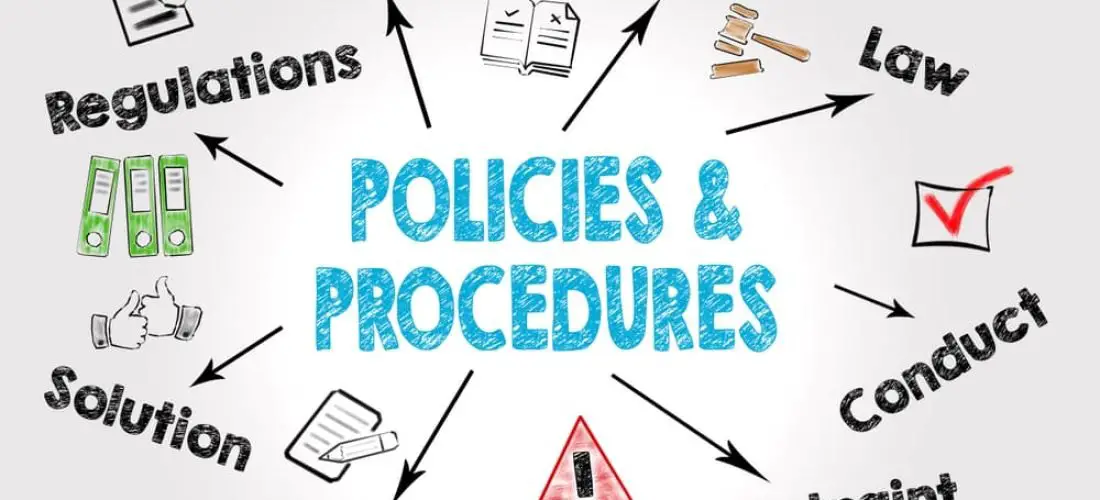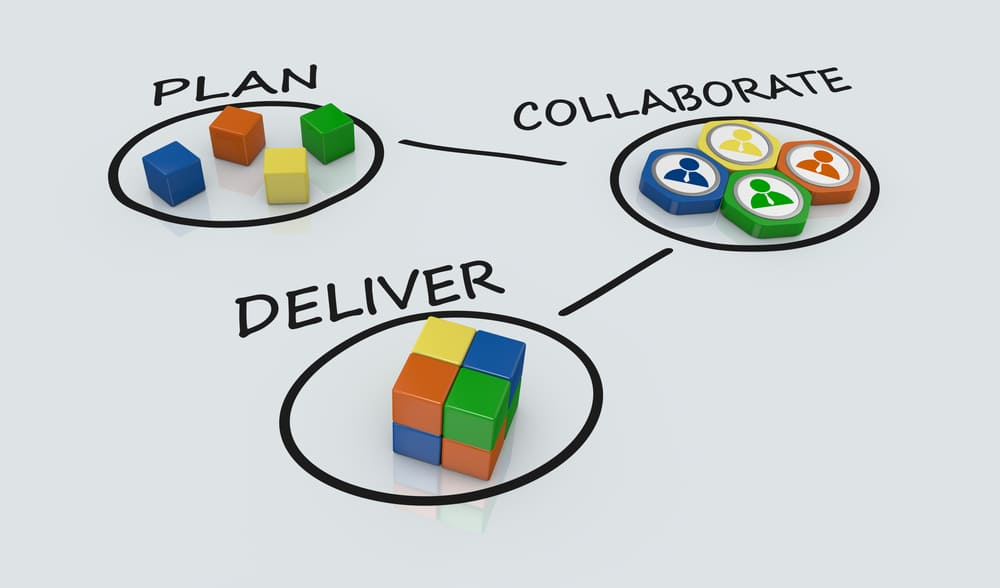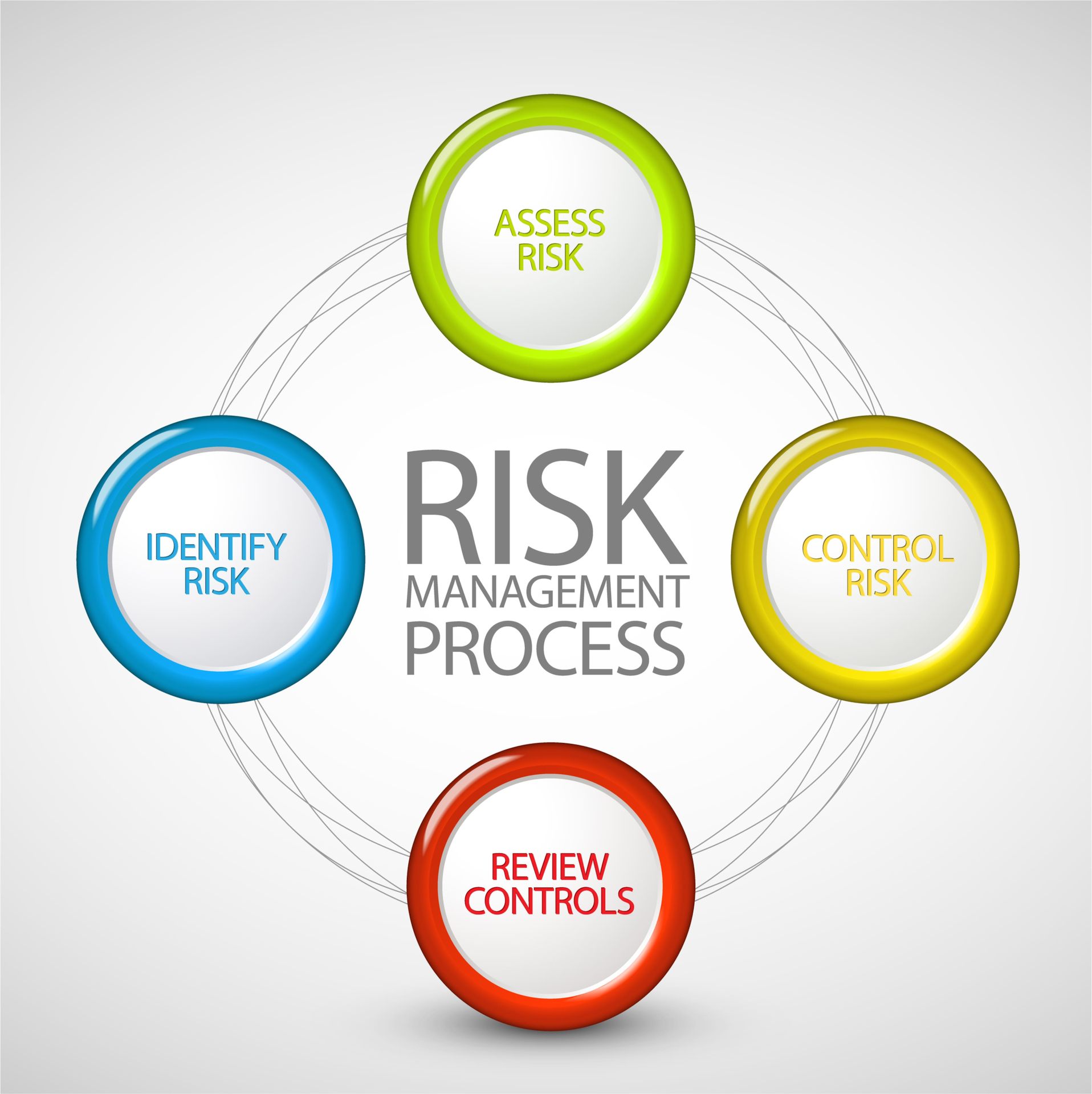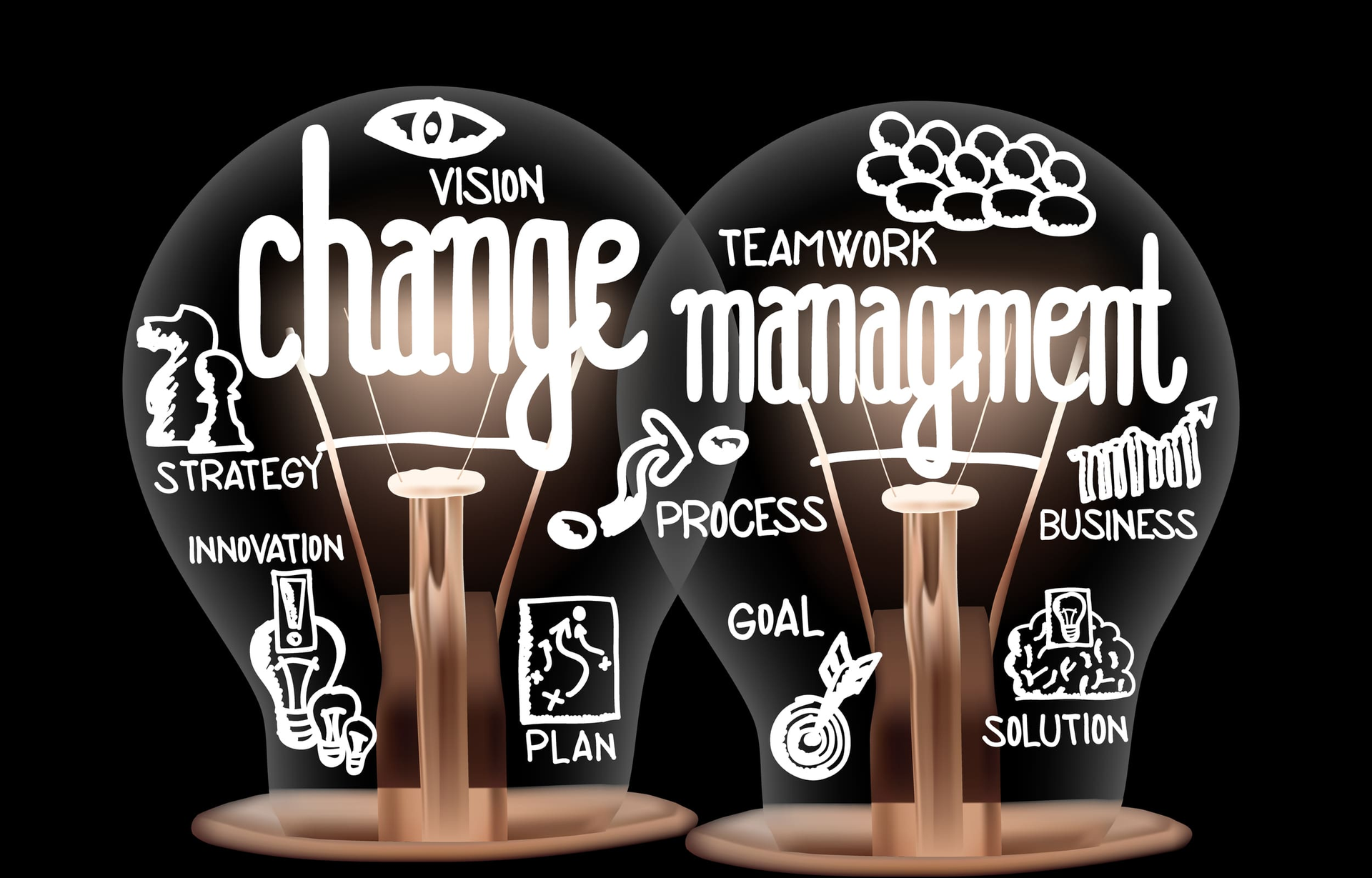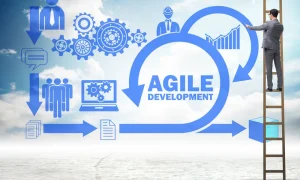Embarking on the journey of program management can be challenging without the right map – that’s where a comprehensive program management plan comes into play. Creating a program management plan is crucial, emphasizing the importance of understanding the unique context and environment of the program in the planning process.
This guide cuts through the complexity and equips you with the practical tools and insights necessary to craft a plan that not only navigates but also ensures your projects resonate with your strategic vision. From defining clear objectives to executing and monitoring progress, we’ll go through the essential pieces that constitute a comprehensive plan, setting the stage for your program’s success.
Key Takeaways
- A comprehensive program management plan is essential for coordinating multiple projects and includes detailed components such as governance, organizational structure, planning, control, execution processes, goals, and resources for effective execution and management.
- Strategic program management necessitates a strong governance framework, clear vision statement, and alignment with organizational goals, as well as defining milestones, deliverables, and the role of a skilled program manager in leading the program towards success.
- Effective program management requires proactive risk management, efficient resource allocation, robust communication plans, and careful monitoring and controlling of the program’s performance through KPIs and metrics, until the program’s successful execution and closure.
Decoding Program Management and Its Plans
Program management, as defined by Project Management Institute (PMI), is an essential factor in successful implementation of large scale initiatives. It essentially aims at controlling and managing single projects in a strategic manner, whereby specific goals are systematically accomplished. The program management plan is a strong factor in this activity as it defines how the program will be carried out, monitored, controlled.
Project managers are also able to be flexible and make adequate changes during the implementation phase of the project. An equally successful communication must be effective among the team members as it helps create clear vision.
In developing a holistic program management plan, it is important to integrate different elements comprising goals, deliverables, governance structures, organizational arrangements, and planning processes. These dimensions of program management plans intend to provide the framework for responsibilities, milestone charts, risk logs, and budget allocations.
This approach not only defines the execution strategies with understandable goals and deliverables for all stakeholders but also advocates the importance of flexibility to respond to dynamic environments while balancing different limitations at a project or organization-wide level, and so forth, supported by appropriate timelines.
Through effective program management practices, an organization may gain a range of advantages including consolidation of resource sharing across multiple projects under one roof thus managing proactive conflict, achieving more visibility related to potential program risks, always being aligned towards overall business objectives. This brings in various context changing methods throughout the course emphasizing strong grip on the program governance framework as well to even give better performance throughout from beginning to right till the end.
The Blueprint of a Successful Program Management Plan
Having a thorough plan is crucial as you embark on program management. The key elements of a successful program management blueprint include:
- Defining the parameters and goals of the project clearly
- Managing the scope of individual projects within the larger program framework
- Establishing an office specifically for managing programs
- Outlining processes to ensure control, including creating a comprehensive project management plan
- Efficient communication between all stakeholders involved
Let us delve deeper into each component’s significance in effectively driving forward any given program.
Vision Statement: Steering the Program’s Direction
In the program management plan, the vision statement plays a vital role as a source of direction, motivation and inspiration for the project team. It provides a good statement of purpose and desired outcomes of the project in a positive way such that all projects running within the program are complementary to the general goal of the program.
An effective vision statement should be composed by having a clear understanding of the program goals and anticipated benefits. It makes sure that the resources that are allocated to the numerous projects are properly utilized to realize their distinct objectives.
Strategic Alignment: Syncing with Organizational Goals
Program management is about ‘harmonizing’ the projects with the strategic requirements and objectives of an organization so that they connect and contribute to the organization’s general direction. This entails directing operations in such a way that promotes efficient teamwork and makes sure that all segments of the organization are working towards a shared set of goals.
To obtain strategic alignment in program management, you can take some steps. To begin with, it is crucial to define explicit organizational objectives. These goals should then be disseminated through the company from the highest level down so that everybody knows their part in achieving them. It may also be useful to divide such grand goals into smaller, more realizable tasks or projects before actualizing any implementation plans.
Defining Program Milestones and Deliverables
Milestones are a critical element of the project management plan as it acts as a significant checkpoint that signifies important events, dates, decisions and achievements. They themselves are particular time markers in the project schedule which indicate points of significance such as start and end dates of project phases, approval from clients and stakeholders, and other important moments in the lifecycle of the project.
Properly defining both milestones and deliverables have several benefits to a program.
- It establishes a structure for accurately estimating completion times.
- It helps identify vital stages in projects development.
- It simplifies overall project management for all individuals involved.
The Role of a Program Manager in Driving Success
Proficient program manager is one of the key elements of successful program. They have a strategic function and they need to be leaders with good project and program management knowledge. The program managers are focal in keeping the focus, reinforcing team effort across the departments, and driving of the collective efforts in quest of common goals.
The duties of the program engineers cover the whole life cycle of the program and they are in close co-operation with all teams and individual project managers in a view to provide an effective coordination and collaboration of all parties, involved in the program.
Architecting Your Program Governance Framework
A well-functioning governance structure is a key factor of effective program management. A program governance framework is a set of standardized protocols for communication, oversight, and the general management of a program. This framework should focus on key aspects of establishing decision-making processes, defining roles and responsibilities of both the board and management, outlining leadership expectations and duties, ensuring alignment with stakeholders’ interests, and creating efficient means of communication, and reporting mechanisms.
Crafting a Governance Charter
The project charter, also called the governance charter, is a written document, which serves to define, authorize, control, and support program management. It has a crucial function in maintaining the program management. This critical document consists of components including a mission statement or purpose statement. Details on committee type and membership, including the roles and responsibilities of chairpersons.
To this it also includes an ethic that controls the actions while program execution. Process for decision-making that define the process of decision making within the program, compliance management details on how the program complies with relevant regulations, as well as board structure guidelines.
The documentation of governance charter contains other important steps including moving all deliverables from previous stages to the final testing phase and closing all remaining loose ends. When all tasks have been administratively completed, the comprehensive assessment using post mortem analysis provides a closure for the current endeavors and releases the resources for the next undertakings.
These administrative processes are a cornerstone of creating a well-organized system of an open communication among team members, which is a must in a functioning project that is run under its name. Program management has identified key aspects through detailed project charters that have specific criteria, making the administration comprehensive.
Non performers have their productivity improved when they follow processes integrated at every level. Charter will provide clarity on whether operation needs call for tech assistance in coming up with induction methodology specialist driven.
Decision-Making Mechanisms
Administrative processes in program management are responsible for delegation of authority, provision of information and accountability structure. These processes include the technique of systematic identification, the development of decision making criteria, and the steps of actions.
Regard to program management, the governance charter impacts decision-making processes by providing framework, orientation and criteria for assessing potential effects on the whole project. These act as a series of guidelines on every decision made so that all decisions are within the guidelines and the goals specified in the charter.
Resource Allocation Strategies for Program Managers
Effective allocation of resources is an essential element in program management. In order to accomplish this, program managers should take into consideration:
- Clearly defining the scope and goals of the project
- Understanding all demands and prerequisites for the project
- Developing a comprehensive plan that outlines how resources will be allocated
- Continuously monitoring resource usage and making necessary adjustments as needed. It’s also crucial to review and manage project resources effectively within the project management plan to ensure the success of the project.
Balancing Human and Material Resources
The balance between human and physical resources is a critical aspect of program management. The equilibrium of these resources can enhance delivery of project, customer satisfaction and overall performance of the program, thus, the success of the program.
Success in resource allocation calls for balancing length of their supply and utilization of the most appropriate resource management techniques. This helps in improving the project performance and the attainment of the goals of the project.
Financial Resource Planning
For program management field, development and management of comprehensive project plan are very important, particularly in the area of financial resource planning. This area of the project plan highlights the strategic funds allocation of an organization to guarantee successful program implementation. It makes sure the resource is spent on profitable projects, finally bringing about more revenue.
The project planning process involves handling many projects and involves identifying work scope, defining project needs, creating schedules, managing the project team, and tracking both resource availability and progress. It also includes predicting the future demand so that necessary plans can be made.
Risk Management Protocols in Program Management
The program management is risk management that is mandatory for productive project management. The method includes a number of main process steps aimed at identifying and minimizing possible risks during the project. Some of these steps are: risks identification, risk analysis, significance of risks, , owner assignment, and response development.
The scope understanding and definition of the project is very critical in seeing and managing the risks, because it prevents the scope creep and makes change management working amazing. To make a project run from its beginning to its end without major occurrences caused by whatever, project managers should apply risk management approaches to a maximum.
This is done by conducting a comprehensive risk assessment for all such implementation locations that may appear for the project at hand before establishing protocols for dealing with these uncertainties with designated solutions being availed by the responsible individuals assigned for this very purpose.
Risk Identification and Prioritization
Prioritizing and identifying risks is a critical aspect of effective risk management in program management. The following steps should be followed to accomplish this task:
- Develop a template for risk statements.
- Conduct an analysis of strengths, weaknesses, opportunities, and threats (SWOT).
- Gather information on potential risks.
- Evaluate both internal and external risks.
- Carry out comparisons between identified risks.
- Create the final statement outlining all significant risks.
Cardinal risk is one of those factors that are taken into consideration in the risk prioritization in program management along with stakeholder input. Most incidents time window for them to occur, sensitivity issues, profit of each threat, modelling methods, simulation approaches, risk team attitudes, and resources availability constraints.
Prioritization is the process of assessing these factors so that their importance is determined while resolving some types of uncertainties in the course of the implementation of a given project or initiative.
Further Reading: Risk Management: Ultimate Guide to Navigating Uncertainties
Developing a Risk Response Plan
The risk management plan is of a great importance for the appropriate responses of the threats and project activities directing. It is the capacity to recognize chances to reduce or cast off hazards in order to exploit situations that can deliver positive results.
The response plan incorporates an all-inclusive risk management approach and prescribed actions that are aimed at reducing or eliminating unfavorable outcomes.
Communication Excellence in Program Management
Communication is an important part of program management because it is the glue that holds the parts of a project together, including the project planning process. This practice is crucial in helping to make the decisions and keeping all the stakeholders informed about the progress of the program. It promotes team work, coordination, and compliance with the project management plan that is crucial for the project control and adjustment of the plan when needed.
Next, we will analyze how program managers can utilize communication for stakeholder engagement and an effective communication plan.
Stakeholder Analysis and Engagement
Stakeholder analysis is one of the crucial functions of effective program management as and has a number of purposes. First, it enables identification and understanding the main stakeholders of the program. By classifying them into the degree of participation and the interest, the anticipated problems can be found earlier.
The implementation success of a program is only possible by the engagement of stakeholders. It implies meeting their requirements and suppressing fears with the help of the common objectives of the project throughout the open lines of communication.
Other benefits of stakeholder engagement include its promotion of effectively functioning decision-making processes, which results from consideration of various points of view, linked relationships of all the parties concerned, no delays throughout the implementation process, improved risk management strategies leading to all team members being accountable, and trust developed among all involved.
Thus, it is evident that performing a complete stakeholder analysis is one of the essential elements of the successful implementation of any program. It enhances understanding and collaboration with many key stakeholders, favorable not only for the parties, but for the program as a whole.
Crafting an Effective Communication Plan
The communication plan is among the critical elements of successful program management in a manner that keeps stakeholders informed and fosters collaboration among team members. The important elements of a good communication strategy in program management are communication planning stakeholders, the channels of communication, a communication schedule and format, goals, and objectives, and regular evaluation and adjustment measures for the plan.
An effective way of creating a strong communication plan is to identify how critical project information is going to be communicated in the entire project. It should also ensure that all team members, regardless of their roles, have access and ability to participate in discussions about their project activities. Moreover, an effective communication plan needs clear communication objectives, which take into account the recipients of messages.
Equally critical is the correct acknowledgment and involvement of all the stakeholders at the planning stage. In addition, finding the frequency of communication required and the relevant contemporary means to reach all the participants can be equally helpful. In the end, stakeholder roles in the transmission of messages during the project management processes are an asset.
Measuring Program Performance: KPIs and Metrics
The monitoring of the performance of the program is an essential factor in guaranteeing its success. For this purpose, the use of key performance indicators (KPIs) and metrics can offer critical information regarding the program performance. Such KPIs enable monitoring key areas which include productivity, profit margins, scope management, cost control, and progress to the strategic goals.
To ensure that program management plan KPIs are effective, they should be specific, measurable, attainable, relevant and time-bound (SMART). In choosing the KPIs in this way we ensure that such KPIs are well defined targets with measurable output, are achievable and align with the project’s goals and timeline.
Further Reading: Project Management: Unlocking Organizational Performance & Efficiency
Navigating Change: The Change Management Process
Change is bound to happen in any program and it should be managed well. Change management as part of program management is a process of organized activities and steps towards a smoother transition and its effect on the people affected. This includes taking these steps: initiating, documenting, evaluating, sanctioning, and controlling changes to projects.
Poor change management creates the changes that have more negative consequences, for example, higher costs, longer durations of down time and services being impacted by the change. Increased complexity of project implementation plans caused by revisions due to incorrect planning choices. Poor leadership in a time of uncertainty when there is inadequate communication or direction on changing conditions. Finally, a lackluster implementation phase and decreased performance levels closes it all.
Ensuring Program’s Success: Monitoring and Controlling
Monitoring and controlling are very important for any program’s success, they help program managers to observe progress, detect possible problems or risks and take necessary actions to keep the program on the right track. Through continuous tracking of the appropriate metrics like budget performance, this system ensures quality control throughout the program lifecycle.
To effectively manage a program, project managers need to set particular metrics or indicators. This may include issues such as budget constraints. These project managers utilize the consistent measurement and evaluation of these critical elements during their supervision activities under a framework of proper execution towards the achievement of all objectives set at the beginning.
The Journey to Completion: From Execution to Closure
Particulars are essentials in achieving success of a program. The primary phases of implementation of program management plan are inception, planning, execution, monitor and control, and close phases.
Proper communication, transparency and organization are necessary to operating of various projects. The need of a good prediction and also a good human and asset management is critical.
In closure, acceptance is the last stage of what is considered to be a successful program which entails delivery, evaluation against objectives, and all outstanding documentation sign-off.
Summary
Program management plan is necessary for the success of a program. This includes vision statement, strategic anchoring and targets, resource allocation, risk management, and communication plans. All these variables influence the organizational outcomes. Tasks that form the life of the program are progress monitoring, risk management and change control. Finally, program closure helps in achieving an organization’s strategic goals and value delivery to the stakeholders of the organization.
Frequently Asked Questions
What should be included in a management plan?
The plan for management must incorporate a thorough process of implementation in order to effectively execute and attain desired objectives.
Why is a comprehensive management plan important?
The significance of having a well-designed management plan cannot be overstated as it enables organizations to accomplish their goals efficiently while also considering the welfare of employees and stakeholders. Its value in driving the success of any organization should not be underestimated.
What is a program management plan PMI?
A program management plan is an official document, approved by PMI, that outlines the comprehensive strategy for executing, monitoring and controlling a project. It falls under the umbrella of program management, which focuses on coordinating interrelated projects to achieve benefits beyond what individual management could accomplish.
What is the significance of a governance charter in program management?
A governance charter is important in program management as it details the methods and processes for determining, approving, supervising, and facilitating the program’s objectives. Its role is vital as it establishes a framework for governing decisions and supervision of activities.
How can we effectively balance human and material resources in program management?
Achieving a balance between human and material resources in program management requires careful consideration of resource availability. This includes effective selection and utilization of the most suitable resources through efficient resource management techniques.
By prioritizing effective resource balancing, program managers can ensure that all available resources are used efficiently to achieve project objectives. This involves a variety of activities.

